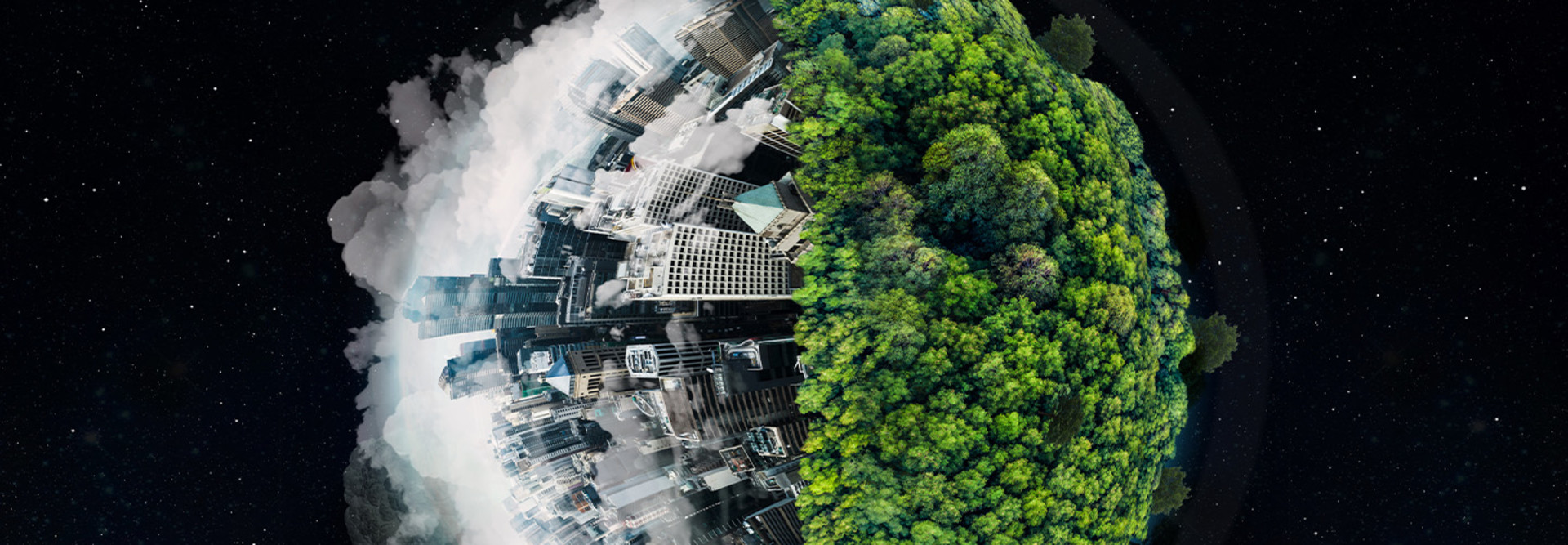AI Offers a Deeper Look at Poverty Mapping
The Bill & Melinda Gates Foundation utilizes AI-driven predictive mapping to identify poverty hot spots. By analyzing large data sets, including economic indicators, health metrics and infrastructure data, decision-makers can forecast where poverty is likely to rise. This allows nonprofits to target their interventions so that resources go directly to the communities most in need.
Data Analytics Chip Away at Educational Inequity
Global network Teach for All uses data analytics to enhance educational outcomes in low-income areas. The nonprofit helps children fulfill their full potential by generating evidence-based insights on student performance, attendance and engagement. This approach helps educators customize educational programs to students’ specific needs.
AI-Satellites Can Spot Social Injustice Before It Escalates
Organizations such as Amnesty International are also using AI satellite imagery to detect patterns of violence, discrimination and repression in real time.
AI tools are making it easier to monitor human rights abuses and social injustice so nonprofit leaders can respond to emerging crises, raise awareness and advocate for policy changes. With the help of its Evidence Lab, Amnesty can also investigate complex human rights issues.
RELATED: Making ‘justice for all’ a reality.
Geospatial AI Supports Climate Action and Wildlife Conservation
Geospatial AI is helping nonprofits such as The Nature Conservancy combat deforestation rates, wildlife migration patterns and carbon emissions.
The technology has also proved effective at protecting rare and vulnerable species and restoring natural wildlife habitats. An AI-powered image analysis recently helped TNC detect two bird species that hadn’t been seen in decades.
At the Santa Cruz Island Reserve, TNC used AI-enhanced cameras to prevent harmful invasive species from spreading. After collecting thousands of images, teams reviewed the footage and identified how many rats were on the scene in hopes of limiting environmental degradation.
“We think technology can do a lot of work for conservation,” says Matt Merrifield, CTO of The Nature Conservancy’s California chapter. “The primary objective of our team is to bring great technology with meaningful impact to projects and strategies at TNC.”












